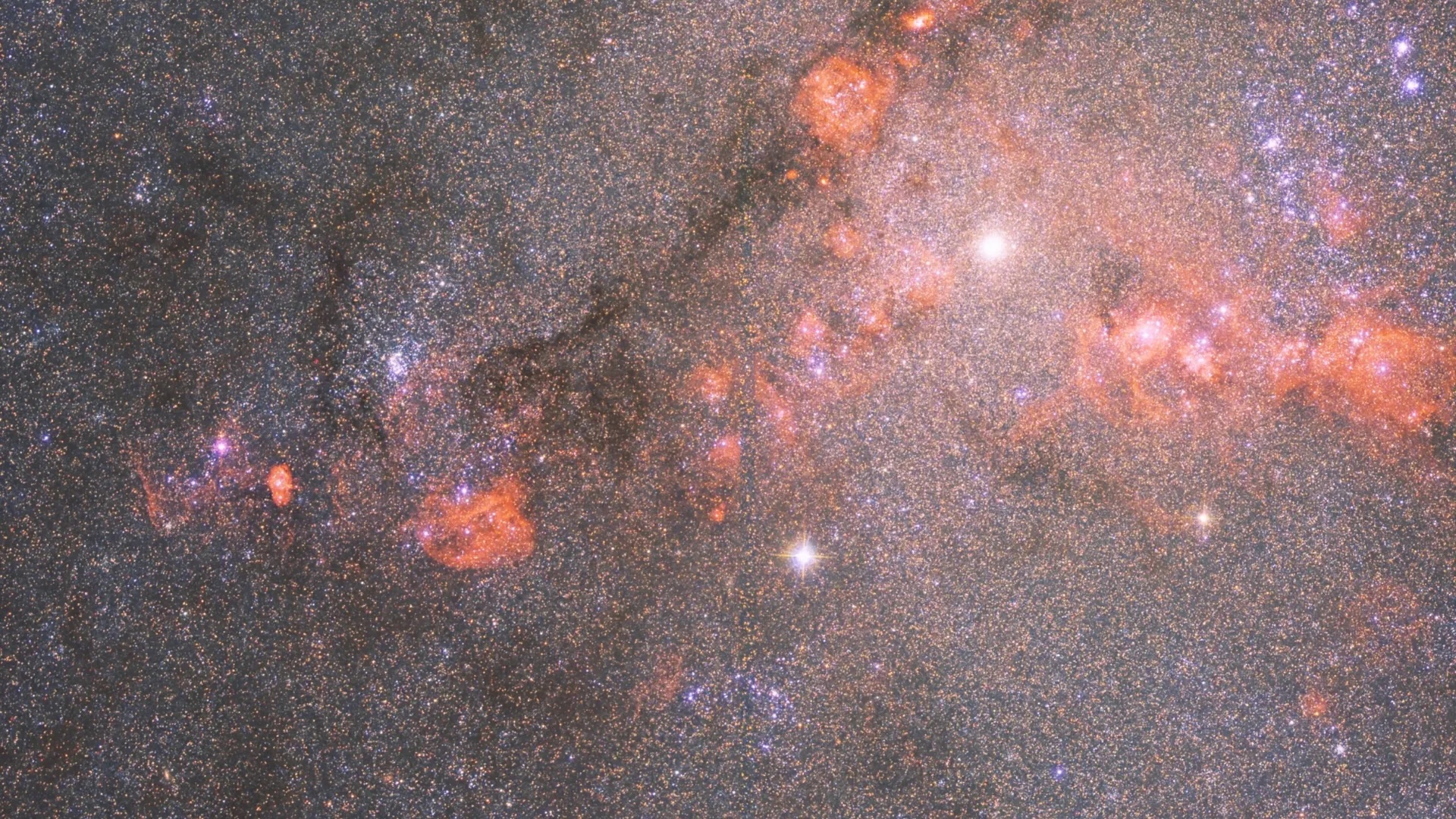Plants, Vol. 13, Pages 1371: PGPB Consortium Formulation to Increase Fermentable Sugar in Agave tequilana Weber var. Blue: A Study in the Field
Plants doi: 10.3390/plants13101371
Authors: Beatriz G. Guardado-Fierros Diego A. Tuesta-Popolizio Miguel A. Lorenzo-Santiago Ramón Rubio-Cortés Rosa M. Camacho-Ruíz José J. Castañeda-Nava Antonia Gutiérrez-Mora Silvia M. Contreras-Ramos
Agave tequilana Weber var. Blue is used as the primary raw material in tequila production due to its fructans (inulin) content. This study evaluates the formulation of a plant-growth-promoting bacteria (PGPB) consortium (Pseudomonas sp. and Shimwellia sp.) to increase sugars in A. tequilana under field conditions. A total of three doses were tested: low (5 L ha−1), medium (10 L ha−1), and high (15 L ha−1), with a cellular density of 1 × 108 CFU mL−1 and one control treatment (without application). Total reducing sugars (TRS), inulin, sucrose, glucose, fructose, and plant growth were measured in agave plants aged 4–5 years at 0 (T0), 3 (T3), 6 (T6), and 12 (T12) months. Yield was recorded at T12. The TRS increased by 3%, and inulin by 5.3% in the high-dose treatment compared to the control at T12. Additionally, a low content of sucrose, glucose, and fructose (approximately 1%) was detected. At T12, the weight of agave heads increased by 31.2% in the medium dose and 22.3% in the high dose compared to the control. The high dose provided a higher inulin content. The A. tequilana plants were five years old and exhibited growth comparable to the standards for 6–7-year-old plants. This study demonstrates a sustainable strategy for tequila production, optimizing the use of natural resources and enhancing industry performance through increased sugar content and yield.

 3 months ago
23
3 months ago
23

